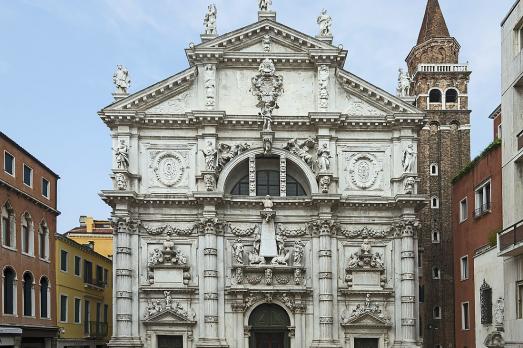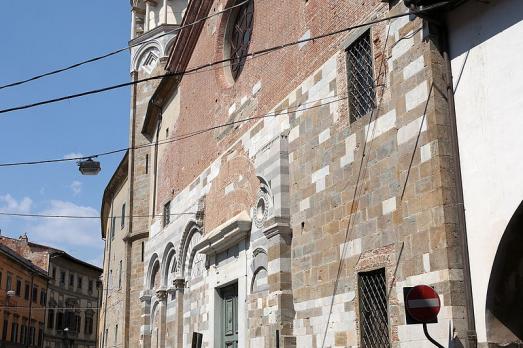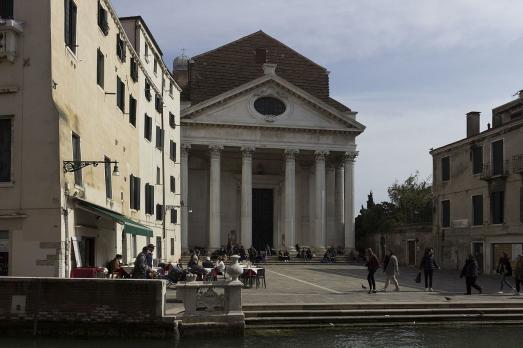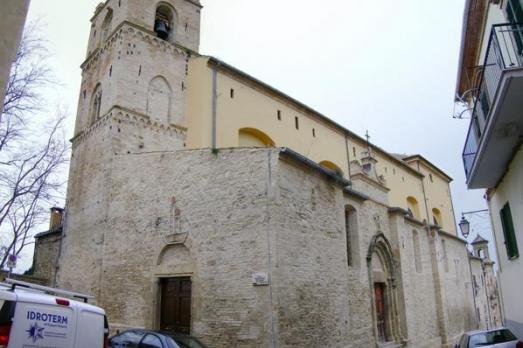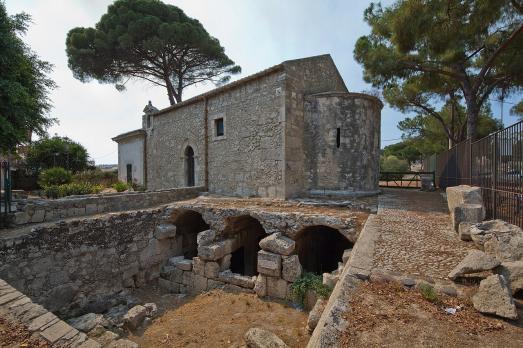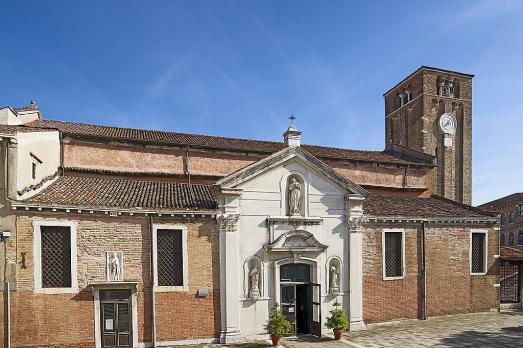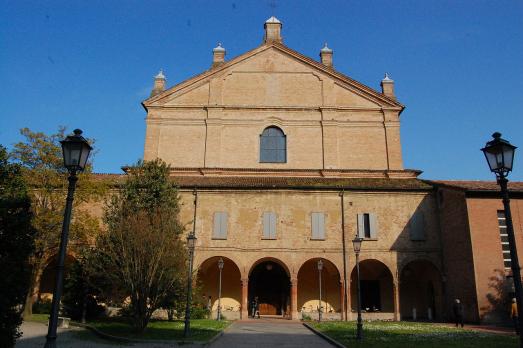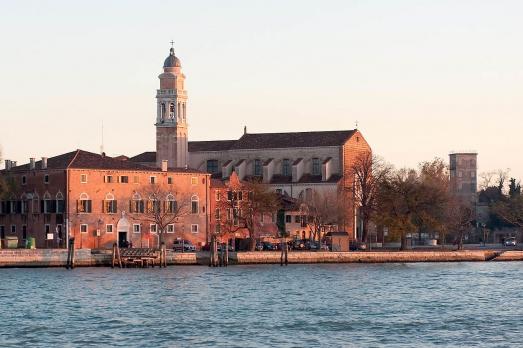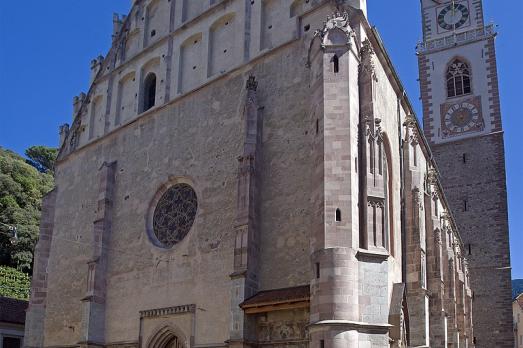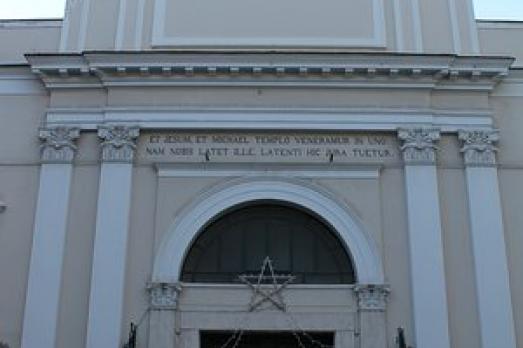
Chiesa di San Michele
Torre del Greco, IT
The Church of the Blessed Sacrament and St. Michael the Archangel, known as the Church of San Michele, dates back to the 18th century when it was built together with a monastery, completed in 1706. Following the eruption of Vesuvius in 1794, half of the church was buried by lava, while the monastery was almost completely destroyed. In 1803, the Congrega del Santissimo Sacramento e San Michele Arcangelo bought and restored the church in 1804.
